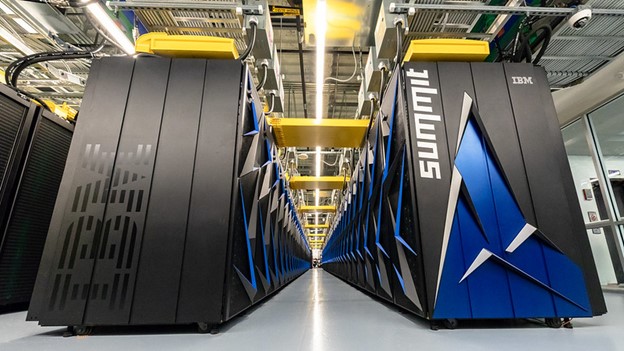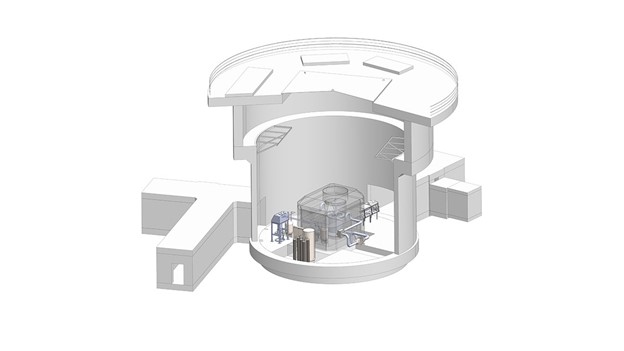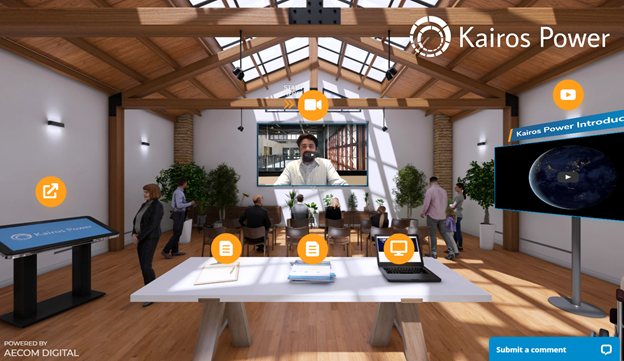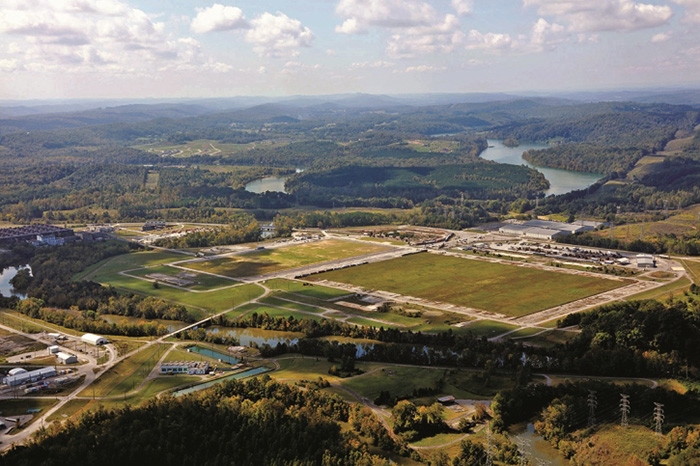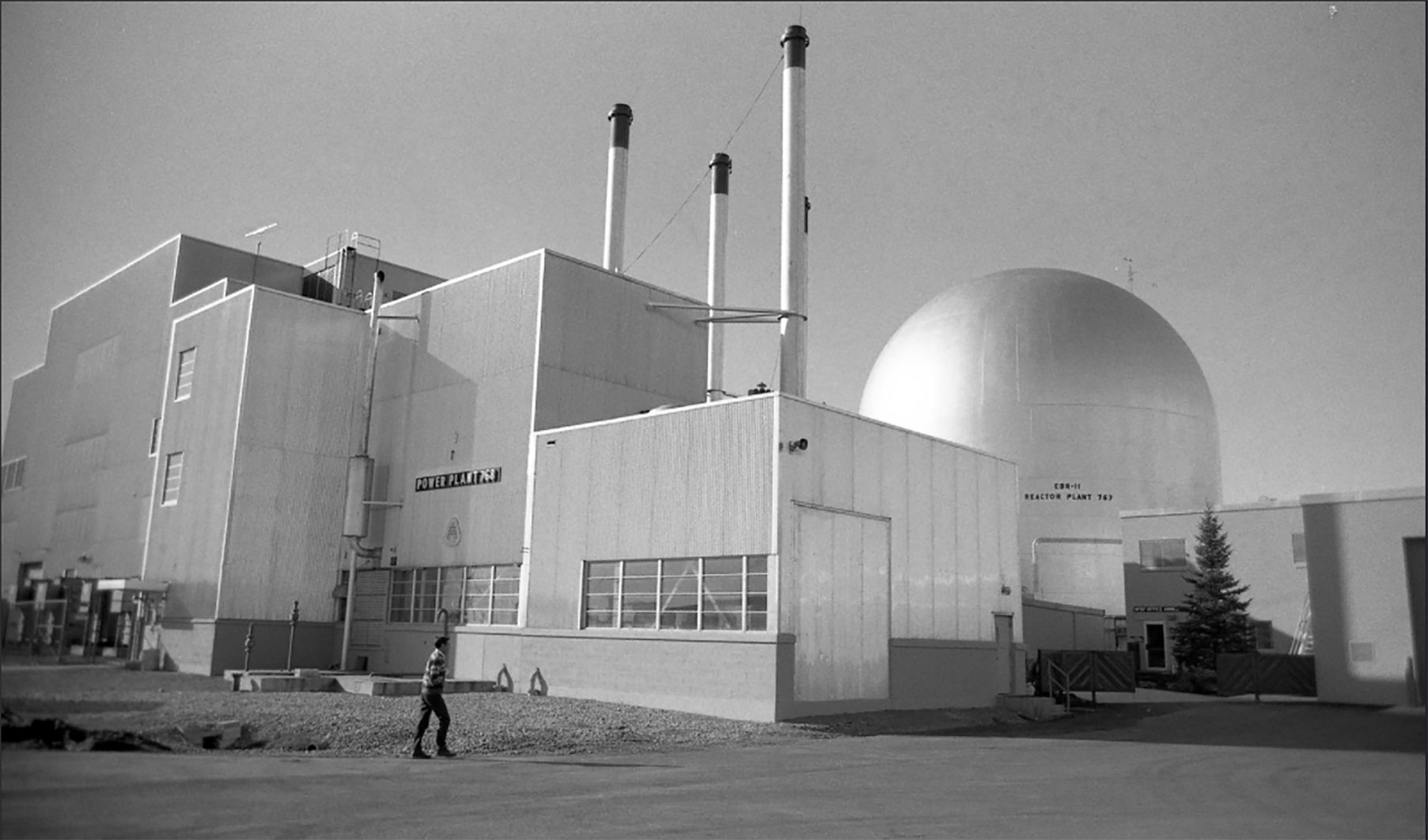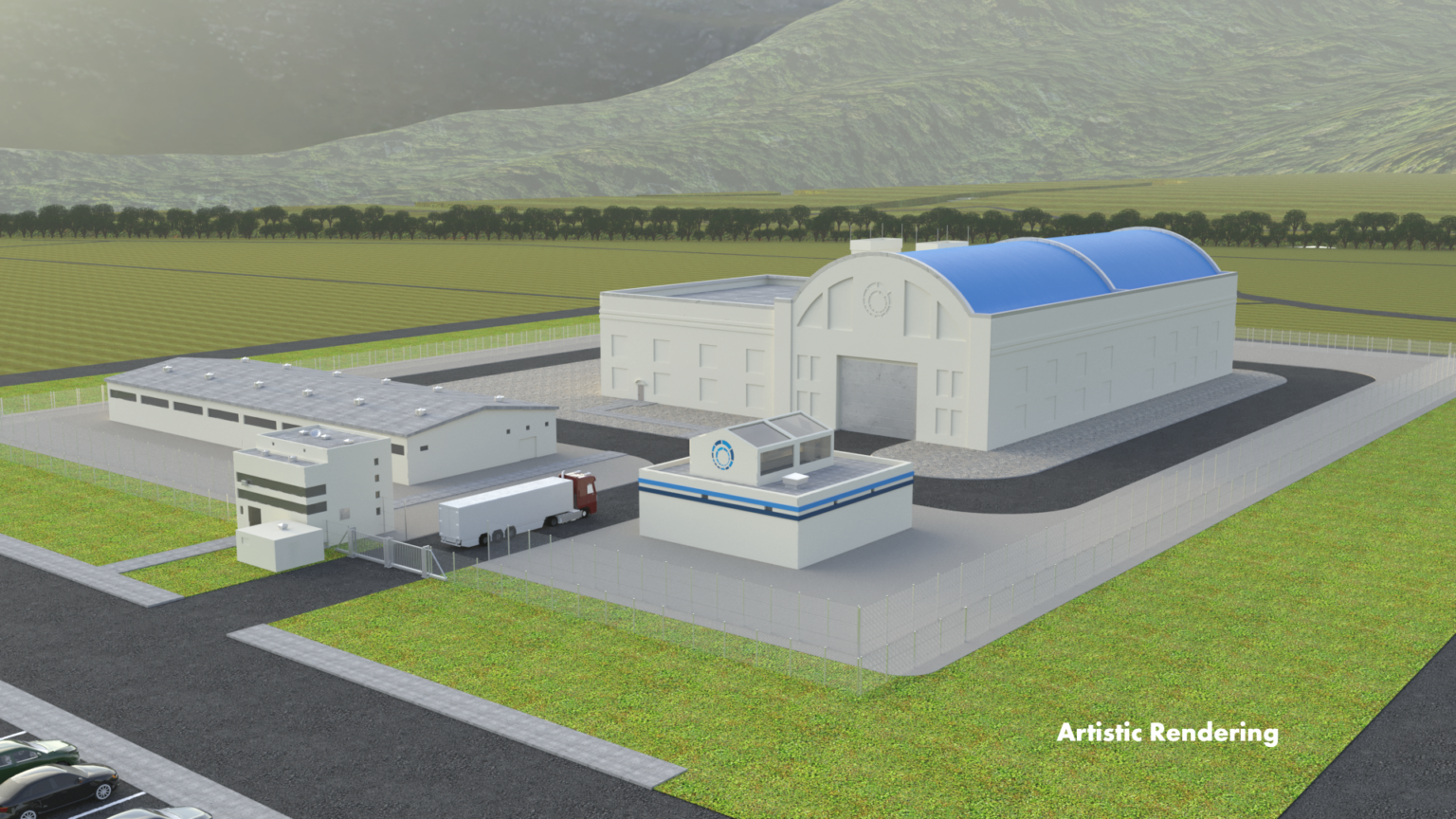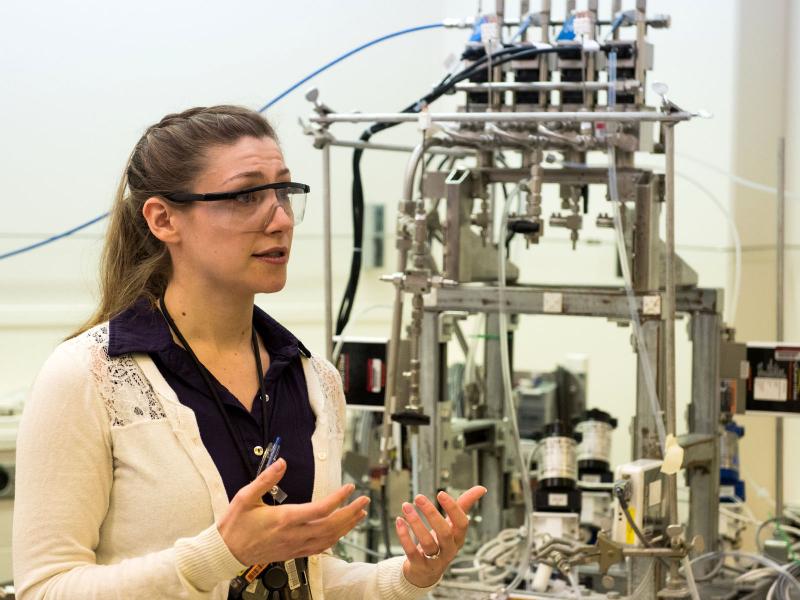The Summit supercomputer at Oak Ridge National Laboratory began operations in 2018. (Photo: ORNL)
The Department of Energy has announced $9.25 million for research into the behavior and properties of structural materials under molten salt reactor conditions through collaborations using the DOE’s high-performance supercomputers.
The Molten Chloride Reactor Experiment will be built at Idaho National Laboratory to demonstrate criticality in a fast-spectrum salt-cooled reactor within five years. (Image: Southern Company)
Explore Kairos Power’s plans in a virtual open house.
By 2030, Kairos Power aims to demonstrate electricity production from a full-scale, 140-MWe fluoride salt–cooled high-temperature reactor, the KP-X. In service of that goal, Kairos plans to demonstrate Hermes, a scaled-down 35-MWth nonpower reactor, in Oak Ridge, Tenn.
Hermes is being built to “prove our ability to deliver affordable nuclear heat,” said Mike Laufer, Kairos Power chief executive officer and cofounder, as he explained Kairos’s plans to the local community during a September 28 webinar now available to view on demand. Laufer took questions, and Kairos took the opportunity to introduce a virtual open house that visitors can tour to view videos and interactive features and even submit comments.
An aerial view of the ETTP site. Photo: Heritage Center, LLC
Back in July, officials from the state of Tennessee and Kairos Power met in Nashville to celebrate Kairos’s plans to construct a low-power demonstration reactor in the East Tennessee Technology Park in Oak Ridge, Tenn. The demonstration facility is a scaled-down version of Kairos’s Fluoride Salt–Cooled High Temperature Reactor (KP-FHR), dubbed Hermes. The company first announced plans in December 2020 to redevelop the ETTP’s former K-33 gaseous diffusion plant site for construction of Hermes.
The EBR-II sodium fast reactor at Idaho National Laboratory began operations in 1964 and generated electricity for decades. Soon it will serve as a National Reactor Innovation Center test bed for future advanced reactor demonstrations. (Source: ANL)
At the box office or streaming at home, it’s fear, not truth, that sells. The laws of physics are swept aside, apocalypse is inevitable, and superpowered heroes wait until the last possible second to save the universe. It can make for great entertainment, but in the real world we need to stick with science over science fiction and be wowed by engineering, not special effects.
The truth is, science and innovation are incredible in their own right. From communications and machine learning to space travel and medical advances, technology is evolving in hyperdrive to solve real problems. With climate change and global warming here on earth, we don’t have to go looking for trouble in a galaxy far, far away.
Artistic rendering of the Hermes low-power demonstration reactor. (Image: Kairos Power)
Today, Tennessee governor Bill Lee joined Department of Economic and Community Development commissioner Bob Rolfe and Kairos Power officials in Nashville, Tenn., to celebrate Kairos’s plans to construct a low-power demonstration reactor in the East Tennessee Technology Park in Oak Ridge, Tenn. The company first announced its plans to redevelop the former K-33 gaseous diffusion plant site at the Heritage Center, a former Department of Energy site complex, in December 2020.


